I’m Not An Expert But I Like Hands A Lot So Hopefully Some Of This Was Helpful!

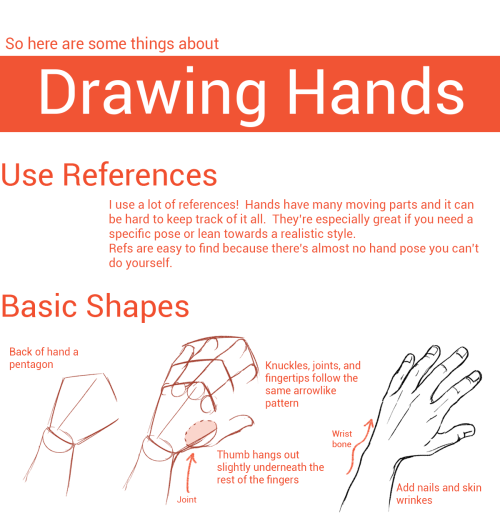
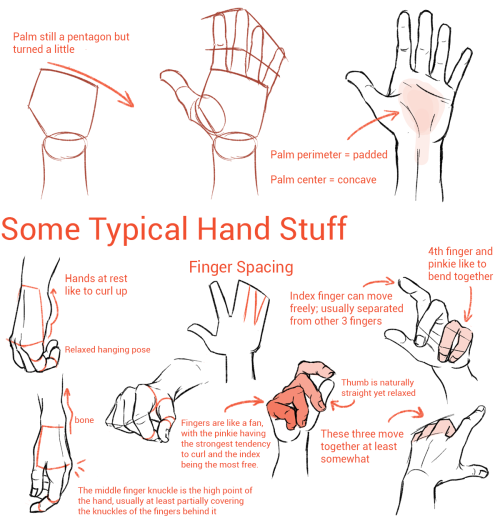


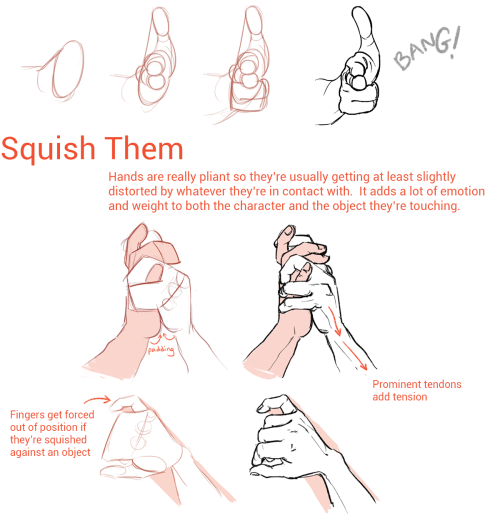
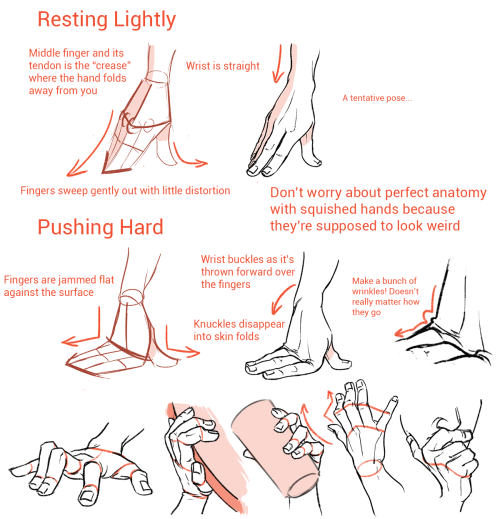

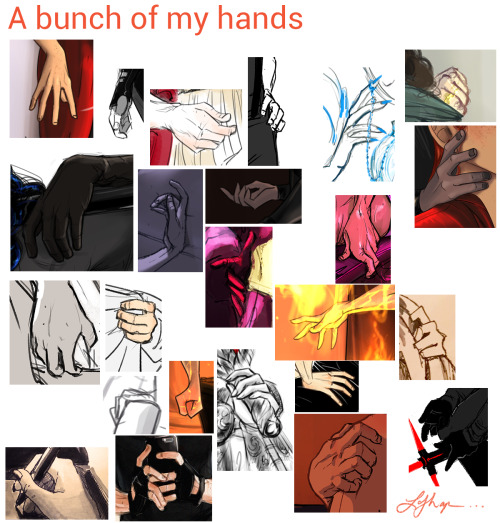
I’m not an expert but I like hands a lot so hopefully some of this was helpful!
More Posts from Arttuti and Others




Need a bigger serving of practice? Check out the 19-paged worksheet and .psd practice file!
The difference between a beginner’s comic and an experienced artist’s comic comes down to the details, and one of the biggest “invisible” details is proportion.
How does an artist utilize page and panel layout, negative space, word balloons and composition to their best advantage? This Shingworks tutorial covers all of this information, and the 19-page supplement worksheet and comic proportion analysis template .psd takes it a step further and teaches you how to analyze real comics so that you can apply these principles to your own comics :]
My Patreon tutorials are unlocked to the public 6 months after their original publication month. You can find the full high-resolution archive of monthly tutorials at my Patreon! Thanks again to my Patrons for supporting me in the creation of my own comics, The Meek and Mare Internum.
My recent free-to-read tutorials on Tumblr:
Worldbuilding!
Understanding Patreon & Building A Patreon
Grow Your Brand
Acting for Comics
Researching for Comics
Writing for Webcomics
Coloring with Masks
This month’s Patreon tutorial: Webcomics 101
And as usual, thanks very much for not deleting my text~~
Sorry if someone has already asked this but can you show us a colouring tutorial please?

ya take a babi

color da babi

make a fuckin uhhh multiply/shade layer then u take ur fuckin sai marker brush
pick a shading color or something

cel shade that motherfucker
but be messy with it, literally just go fucking ham, dont be too precise and don’t make it look so clean
ysee that residue there? yea man, it looks really messy but it also kinda looks like a painting right

make a screen/luminosity layer on top of the multiply layer
then ya pick a lighting color

then u do the same thing as earlier

bam you got,,, a child
this is the simple n easy way i do it, i got more complicated ways but hewe u go
OH YEAH HERE’S MY PEN SETTINGS
I know I asked this before but honestly i’m desperate, how do you draw folds? I understand pressure points and everything but I still can’t draw them. T^T
ACK! So sorry! Anyway. Tbh it’s a bit hard? But not to the point where you’ll get super frustrated. That’s why I didn’t emphasize this. Also it’s hard to explain but here are the rules I gathered:
- Remember direction. Observe real clothes and understand the type of objects that will push or pull the cloth.

- practice on random lines/ziggy zags and make them the fabric. After you make random shapes or lines, give them the folds. Limit the folds! Large fabric and small objects, MORE folds. Small fabric and large objects, LESS folds. Equal, only NECESSARY folds.

- The type of the fabric will always also limit your drawing of folds.

- KNOW YOUR OBJECTS. BE PATIENT. Don’t just copy references of folds all the time. Try to understand the objects first that will affect the clothe and make folds. So in any angle you’ll make folds you don’t need to worry. But do lots of observing. There’s so much pictures in Google that’s easier to determine folds. Good luck!
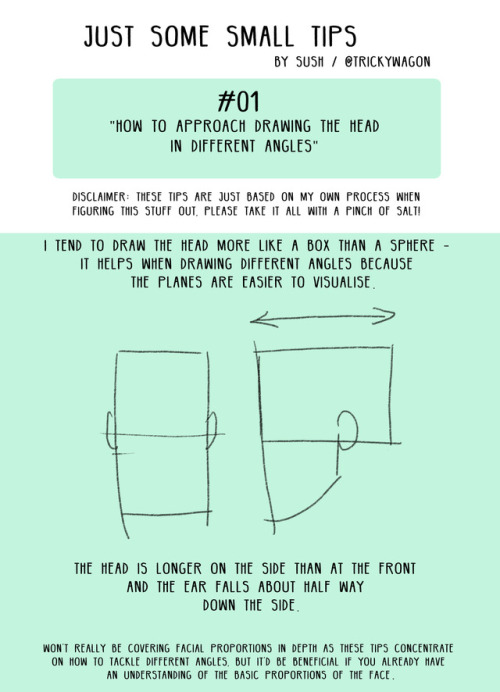
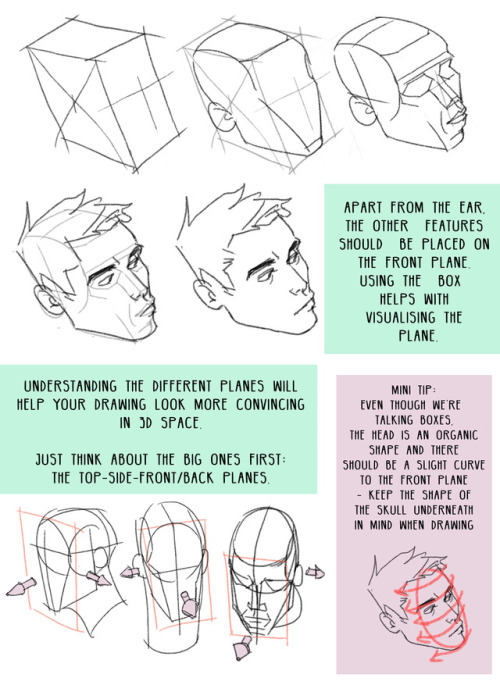
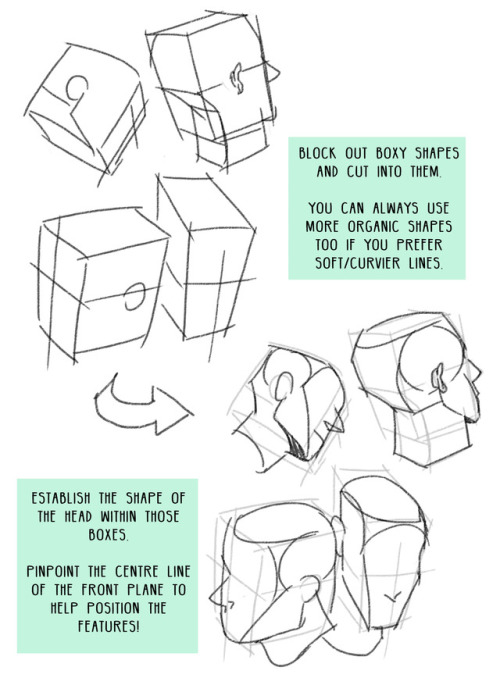
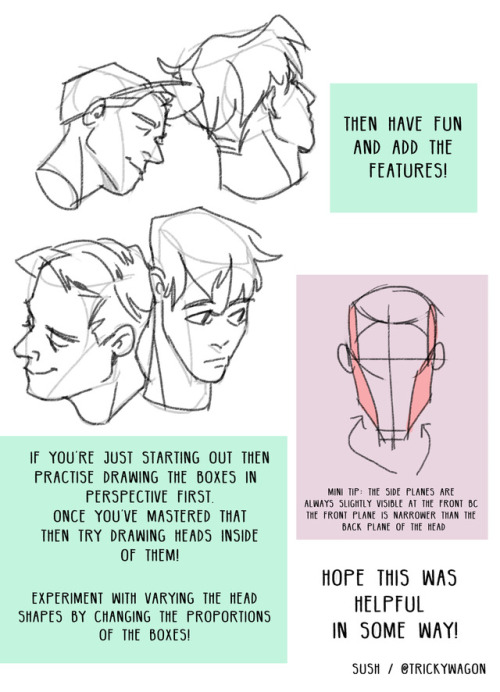
Starting a mini drawing tips series! Feel free to suggest some topics you’d like covered// Hope you find this useful!
Also on: twitter / instagram
Ey yo!! Kathy, do you have tips to learn to draw faster? I know artists have a unique pace but it's pretty embarrasing that it takes me a week to draw something small n simple.. I want to be a cool artist that posts at least once every 2 or 3 days ;;
as you practice drawing more, and learn more art stuff (like anatomy, composition, gestures, coloring, shading, etc), you’ll get faster since you won’t spend as much time on every single step. eventually, you’ll figure out what works and what doesn’t, and you’ll be able to use that knowledge with future drawings. tbh i’ve always been a pretty fast sketcher, but i guess something that i always do is that i keep my sketches extremely vague and loose looking, and i finalize and draw in details along the way. my final drawings sometimes change really drastically from my initial sketches, but that’s because i’m not afraid to adjust my drawings as i line more. here’s an example of my progress to give an idea of how i draw

also goals are always something you’ve just gotta work up to! everyone has their own pace with drawing, and their own pace with learning. it’s hard not to compare yourself with everyone around you, but you just gotta do you, you feel me?
-
 dezlgrrr reblogged this · 1 week ago
dezlgrrr reblogged this · 1 week ago -
 refer-a-ence reblogged this · 1 week ago
refer-a-ence reblogged this · 1 week ago -
 hauntergengar liked this · 1 week ago
hauntergengar liked this · 1 week ago -
 snailswithwings liked this · 2 weeks ago
snailswithwings liked this · 2 weeks ago -
 myneckhurts-ow reblogged this · 2 weeks ago
myneckhurts-ow reblogged this · 2 weeks ago -
 myneckhurts-ow liked this · 2 weeks ago
myneckhurts-ow liked this · 2 weeks ago -
 artsydar-c liked this · 3 weeks ago
artsydar-c liked this · 3 weeks ago -
 coloursdancebeneaththewaves reblogged this · 3 weeks ago
coloursdancebeneaththewaves reblogged this · 3 weeks ago -
 gallavichprompts reblogged this · 4 weeks ago
gallavichprompts reblogged this · 4 weeks ago -
 sophi-coby-art liked this · 4 weeks ago
sophi-coby-art liked this · 4 weeks ago -
 nekonero reblogged this · 1 month ago
nekonero reblogged this · 1 month ago -
 nekonero liked this · 1 month ago
nekonero liked this · 1 month ago -
 ianandmickeygallavich1 liked this · 1 month ago
ianandmickeygallavich1 liked this · 1 month ago -
 lilsdiner liked this · 1 month ago
lilsdiner liked this · 1 month ago -
 starlantern reblogged this · 1 month ago
starlantern reblogged this · 1 month ago -
 eatcrayonsalways liked this · 1 month ago
eatcrayonsalways liked this · 1 month ago -
 roselakeyt liked this · 1 month ago
roselakeyt liked this · 1 month ago -
 jaymir reblogged this · 1 month ago
jaymir reblogged this · 1 month ago -
 jaymir liked this · 1 month ago
jaymir liked this · 1 month ago -
 almostpsyche reblogged this · 1 month ago
almostpsyche reblogged this · 1 month ago -
 almostpsyche liked this · 1 month ago
almostpsyche liked this · 1 month ago -
 artisticactivities liked this · 1 month ago
artisticactivities liked this · 1 month ago -
 cherrybellchronicles reblogged this · 1 month ago
cherrybellchronicles reblogged this · 1 month ago -
 itsmeswaggyg liked this · 1 month ago
itsmeswaggyg liked this · 1 month ago -
 starlingmation liked this · 2 months ago
starlingmation liked this · 2 months ago -
 zilly-bandu-x3 liked this · 2 months ago
zilly-bandu-x3 liked this · 2 months ago -
 donkeykongclassifiedsecrets reblogged this · 2 months ago
donkeykongclassifiedsecrets reblogged this · 2 months ago -
 captain-harkness-lives liked this · 2 months ago
captain-harkness-lives liked this · 2 months ago -
 palewolfcheesecake-blog reblogged this · 2 months ago
palewolfcheesecake-blog reblogged this · 2 months ago -
 palewolfcheesecake-blog liked this · 2 months ago
palewolfcheesecake-blog liked this · 2 months ago -
 silverprism-s reblogged this · 2 months ago
silverprism-s reblogged this · 2 months ago -
 silverprism-s liked this · 2 months ago
silverprism-s liked this · 2 months ago -
 nezjazz reblogged this · 2 months ago
nezjazz reblogged this · 2 months ago -
 xx-leech liked this · 2 months ago
xx-leech liked this · 2 months ago -
 showlunar liked this · 2 months ago
showlunar liked this · 2 months ago -
 xeviersnow liked this · 2 months ago
xeviersnow liked this · 2 months ago -
 s-e-wolf liked this · 2 months ago
s-e-wolf liked this · 2 months ago -
 alpha-bread reblogged this · 2 months ago
alpha-bread reblogged this · 2 months ago -
 underlying-purpose reblogged this · 2 months ago
underlying-purpose reblogged this · 2 months ago -
 ohthatdemoness6 liked this · 2 months ago
ohthatdemoness6 liked this · 2 months ago -
 nariarts reblogged this · 2 months ago
nariarts reblogged this · 2 months ago -
 momoondarundachef liked this · 3 months ago
momoondarundachef liked this · 3 months ago -
 azdrawideas reblogged this · 3 months ago
azdrawideas reblogged this · 3 months ago -
 ecysh reblogged this · 3 months ago
ecysh reblogged this · 3 months ago -
 rassilonsleftbollock liked this · 3 months ago
rassilonsleftbollock liked this · 3 months ago -
 fleetn-crab85 liked this · 3 months ago
fleetn-crab85 liked this · 3 months ago -
 cousin-quartz-of-house-paradox reblogged this · 3 months ago
cousin-quartz-of-house-paradox reblogged this · 3 months ago -
 your-funky-human-companion reblogged this · 3 months ago
your-funky-human-companion reblogged this · 3 months ago -
 your-funky-human-companion liked this · 3 months ago
your-funky-human-companion liked this · 3 months ago













